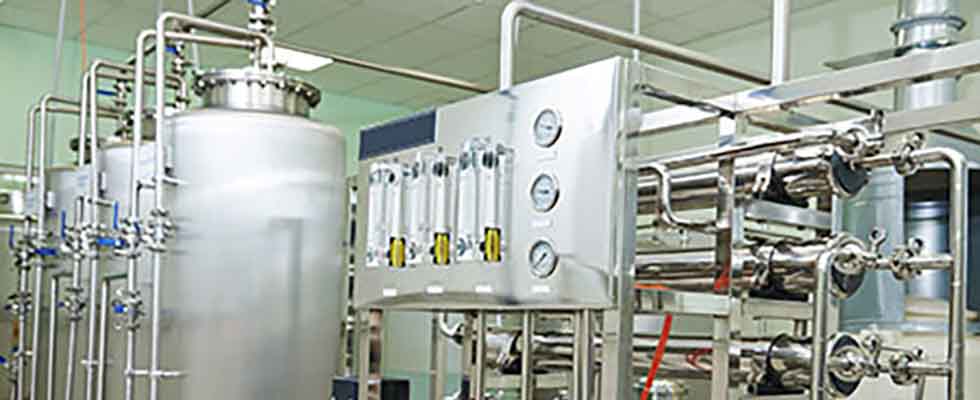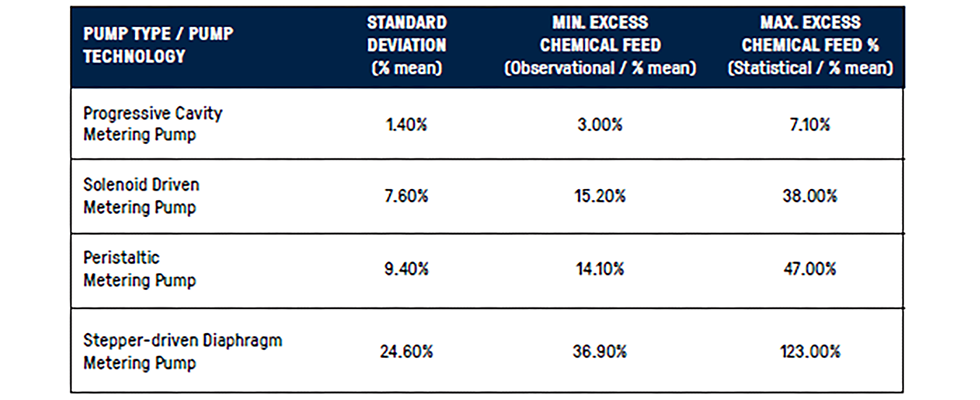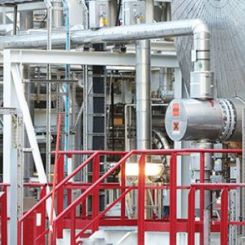
Testing metering pumps not only quantifies their performance but also evaluates the extent of excess chemical usage beyond the calculated set point, ensuring precision and efficiency in chemical dosing applications.
The primary goal of this test is to evaluate the performance of individual metering pumps while exploring metering pump technology through statistical methods. Fluctuations in flow rates often prompt operators to increase the feed rates of these pumps. This adjustment is crucial to minimizing the risk of inadvertently collecting process data that falls short of true regulatory standards.
Analyzing the mean flow rate and standard deviation provides insights into pump performance and allows users to quantify the excess chemicals needed beyond the calculated set point due to design variances. This comprehensive approach aids in quantifying chemical waste attributed to pulsation, ultimately leading to more efficient and environmentally responsible operations.
The table below shows the results of recent testing done on various pump technologies. The progressive cavity pump stood out as the most efficient, wasting the smallest amount of chemicals while meeting regulatory standards. In comparison, the solenoid-driven and peristaltic metering pumps wasted five times more, while the stepper-driven diaphragm metering pump wasted over 13 times more chemicals. These results emphasize the progressive cavity pump’s ability to minimize chemical waste and enhance efficiency.

Regulatory compliance is a cornerstone of critical processes like wastewater treatment, petroleum refining and chemical production. As regulations increasingly target both maximum and minimum limits, maintaining these processes within strict boundaries is essential. This requires precise control and rapid response algorithms to optimize performance and profitability.
Frequent manual adjustments can lead to instability, so it is crucial to stabilize processes with minimal adjustments using feed-forward and feedback controls. However, dosing chemicals in slugs can introduce variability that affects product quality. To address this, operators often employ supervisory control and data acquisition (SCADA)-based discrete filtering or large holding vessels to enhance homogeneity, though expansive storage can create vulnerabilities to contamination threats.
In this intricate balance of compliance and operational excellence, the commitment to producing high-quality, reliable products is paramount in an ever-evolving industrial landscape.
The advancement of metering pumps to eliminate pulsation enables industries to shift from batch processing to continuous manufacturing. This transition enhances quality control and reduces contamination risks. A key advantage of continuous manufacturing is its ability to cut machinery and space requirements by up to tenfold. While the chemical sector has already embraced this change, it can benefit any batch-related process with fluctuating demand, leading to greater efficiency and excellence.

